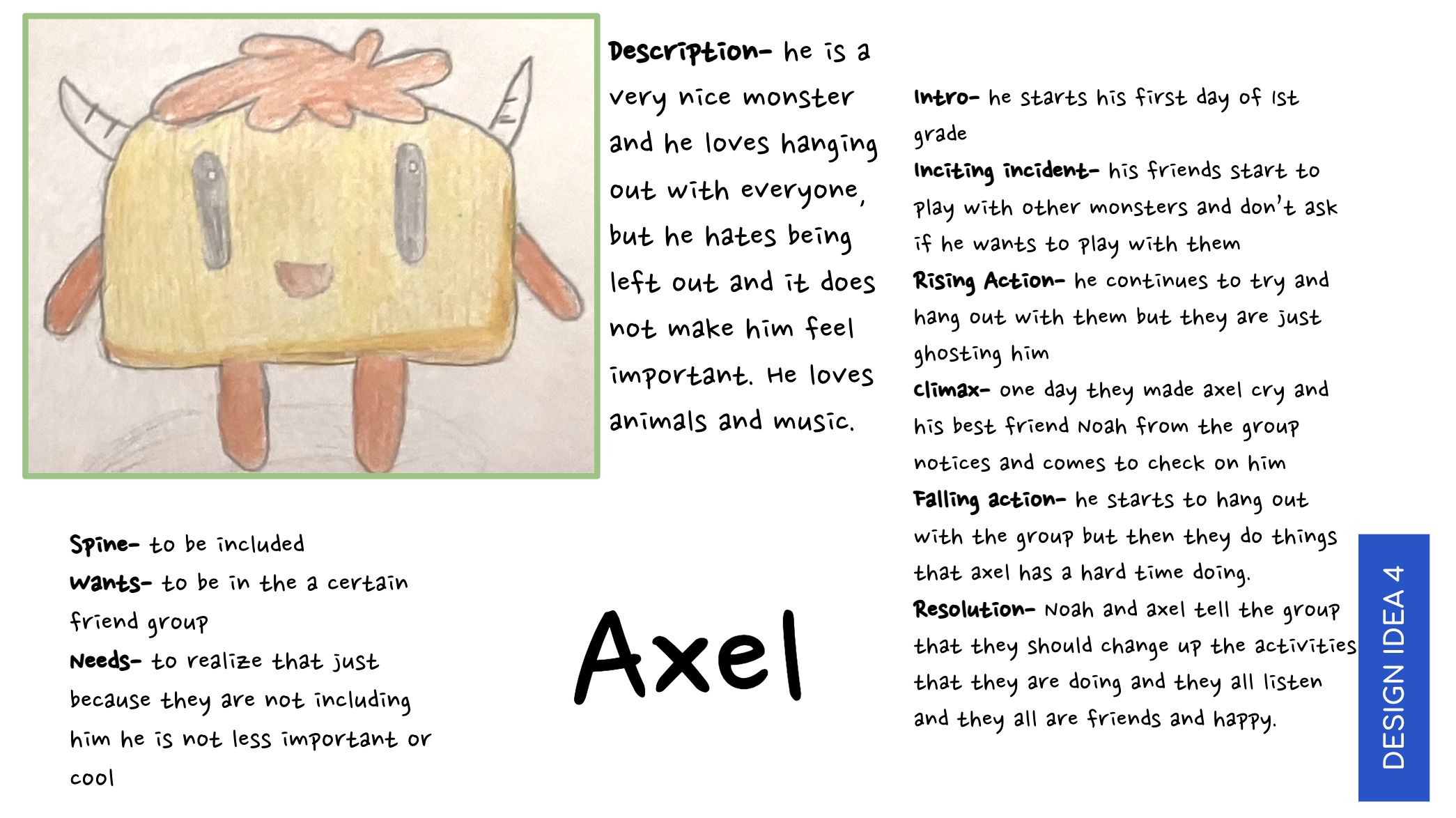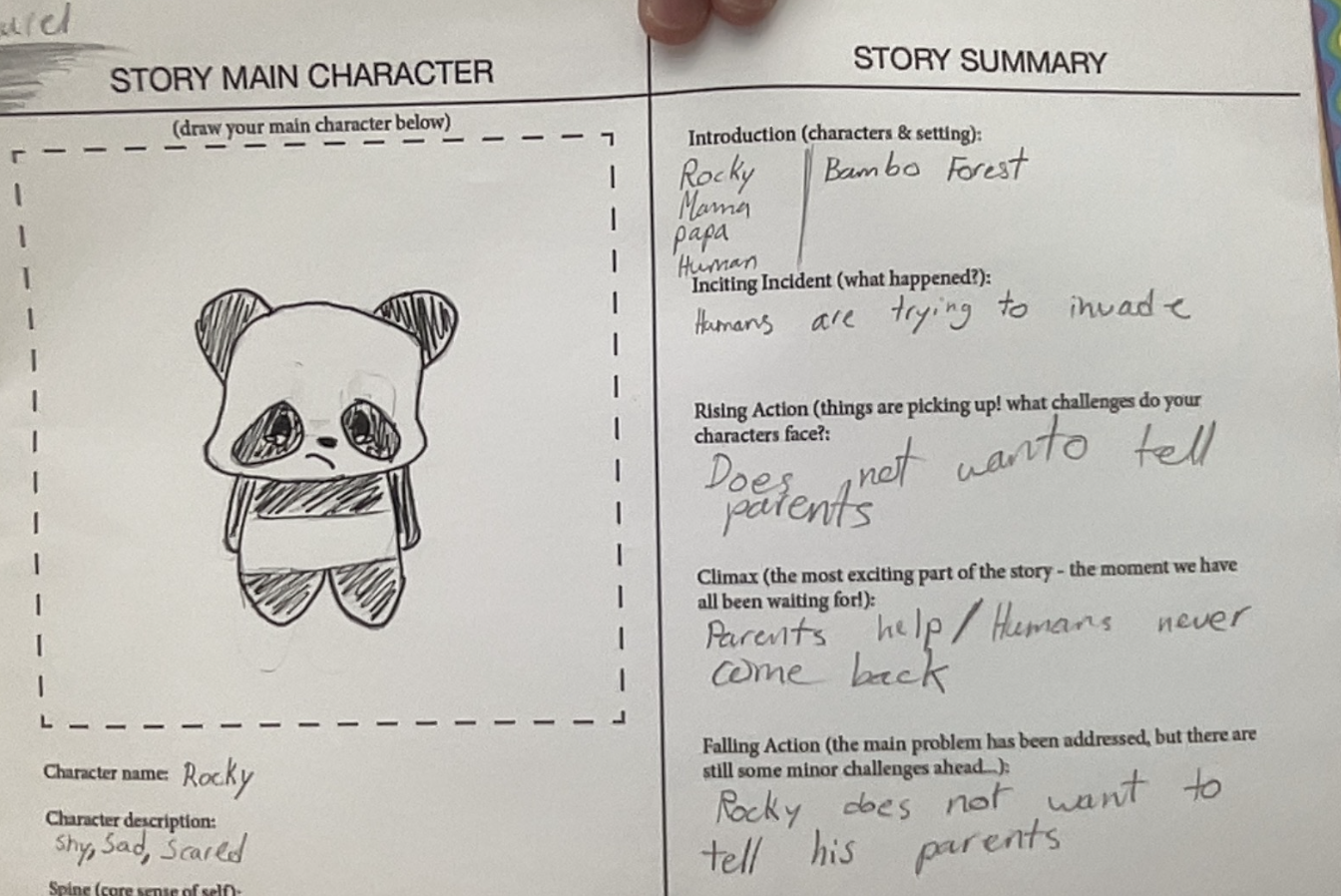Once Upon a Story: Writing and Designing Inclusive Children’s Books
Design and write a children’s book
description
In this MYP Design project, Grade 6 students create and illustrate their own children's books, combining storytelling, graphic design, and cultural awareness. They learn the basics of graphic design, including color theory, spacing, and typography, while mastering Adobe Illustrator to refine their illustrations. Students explore storytelling techniques, reflect on their favorite childhood books, and analyze the importance of reading for young children. They research the history of children's literature, focusing on equity and inclusion, and study how representation shapes young readers’ experiences. Using these insights, they write and illustrate a story in the language of their choice, ensuring their work reflects creativity and inclusivity. The project culminates with students printing their books and reading them aloud to younger children at the school, fostering community and celebrating their efforts. Through this process, students develop technical skills, creative thinking, and an understanding of the impact of inclusive storytelling.
my contributions
This project was already established at the school when I was hired, but I made significant enhancements to expand its scope and impact. I introduced a visit to the library, where the librarian provided a presentation on the history of children’s literature and its evolution in diversity, equity, and inclusion (DEI). I also developed a structured framework to guide students in crafting complete and cohesive stories, ensuring their narratives were engaging and well-organized. To strengthen their learning, I emphasized graphic design skills by incorporating innovative analysis techniques to deepen their understanding of visual storytelling. Additionally, I encouraged students to write in their preferred language, fostering creativity and inclusivity while respecting their linguistic and cultural backgrounds.
By the end of this project, students should…
Demonstrate proficiency in basic graphic design and Adobe Illustrator tools.
Develop storytelling skills, with a focus on structure, theme, and audience engagement.
Analyze and reflect on equity and inclusion in children's literature.
Create a complete, illustrated children's book that balances visual and narrative elements.
Contribute to the school community by sharing their work with younger students.
Student Examples
exploring Story structure



Student Examples
illustrating ideas




Student Examples
final graphic design work
3 Sample Lessons


















